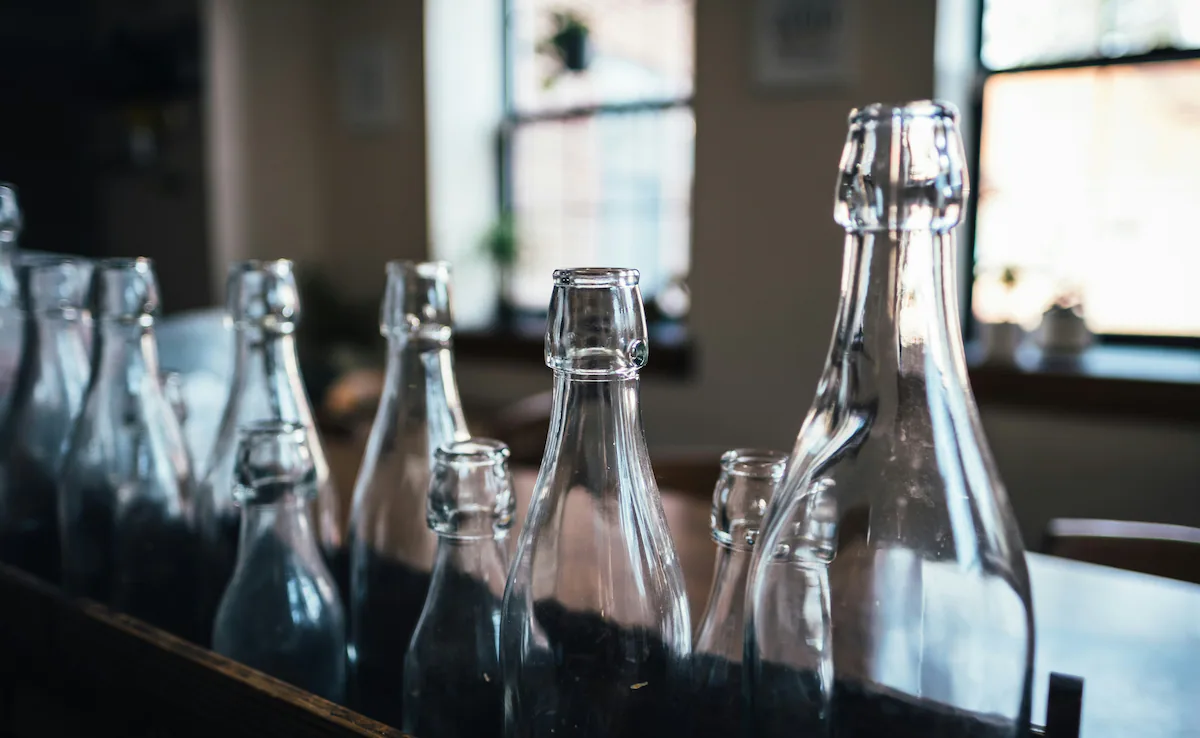Glass bottles, long viewed as the safer and more sustainable alternative to plastic, may not be as harmless as previously thought.
A new study by France’s national food safety agency, ANSES, has revealed that beverages stored in glass bottles contain significantly higher levels of microplastics up to 50 times more than those kept in plastic, cans, or cartons.
According to the findings, while microplastic particles were detected in nearly all beverage samples tested, glass bottles emerged as the most contaminated packaging material.
“This discovery points to a hidden source of pollution and reveals the complex pathways through which microplastics enter our food and drink,” the agency noted in its report.
In popular drinks like cola, lemonade, iced tea, and beer, samples from glass bottles were found to contain around 100 microplastic particles per litre far more than the five to 20 particles found in similar drinks packaged in plastic bottles or aluminum cans.
The unexpected culprit? The decorative paint used on metal caps sealing the glass bottles.
Researchers traced the microplastic contamination to tiny paint fragments that wear off the inside of the caps over time, particularly during transportation and storage when bottles rub against each other. The microscopic scratches caused by this friction release particles into the liquid.
Lab analysis confirmed that the shape, color, and chemical composition of the microplastics matched the paint used on the caps.
“When we began the study, we assumed glass would have the lowest levels of contamination. But the data told a very different story,” said Iseline Chaib, a PhD candidate who co-authored the research.
Among the products tested, beer showed the highest levels of contamination with an average of 60 microplastic particles per litre. Lemonade followed closely at 40, while most soft drinks hovered around 30.
Notably, bottled water both still and sparkling contained fewer particles when packaged in glass, averaging just under five per litre. Plastic bottles, on the other hand, had slightly lower levels at about 1.6 particles per litre. Wine, which is typically sealed with corks rather than metal caps, exhibited the lowest microplastic count overall.
Scientists say it's still unclear why certain drinks contain more microplastics than others, and there is currently no consensus on whether the levels observed pose an immediate health risk.
To better understand the contamination process, the research team experimented with several methods of reducing microplastic levels in glass-packaged drinks.
In a controlled setup, clean glass bottles were filled with filtered water and sealed with untreated caps. The result: 287 microplastic particles per litre. When the caps were blown with compressed air before use, contamination dropped to 106 particles. A further reduction to 87 particles was recorded when the caps were also rinsed with a solution of filtered water and alcohol.
“These results leave little doubt: the cap paint is the source. Even in brand-new, clean bottles, the water picked up paint particles after sealing,” Chaib explained.
While eliminating microplastic contamination entirely may not be feasible at this stage, the report recommends practical steps manufacturers can adopt to mitigate the problem.
Chief among them is introducing a basic cleaning step before bottling blowing air across the caps and rinsing them in alcohol and filtered water a process that could cut contamination by up to 60 percent.
Other strategies suggested including improving storage conditions to reduce friction among caps and rethinking the chemical composition of cap coatings altogether.
“While cap cleaning significantly reduces contamination, it doesn’t eliminate all microplastics. But it’s a critical first step toward making packaged drinks safer,” the report concludes.
